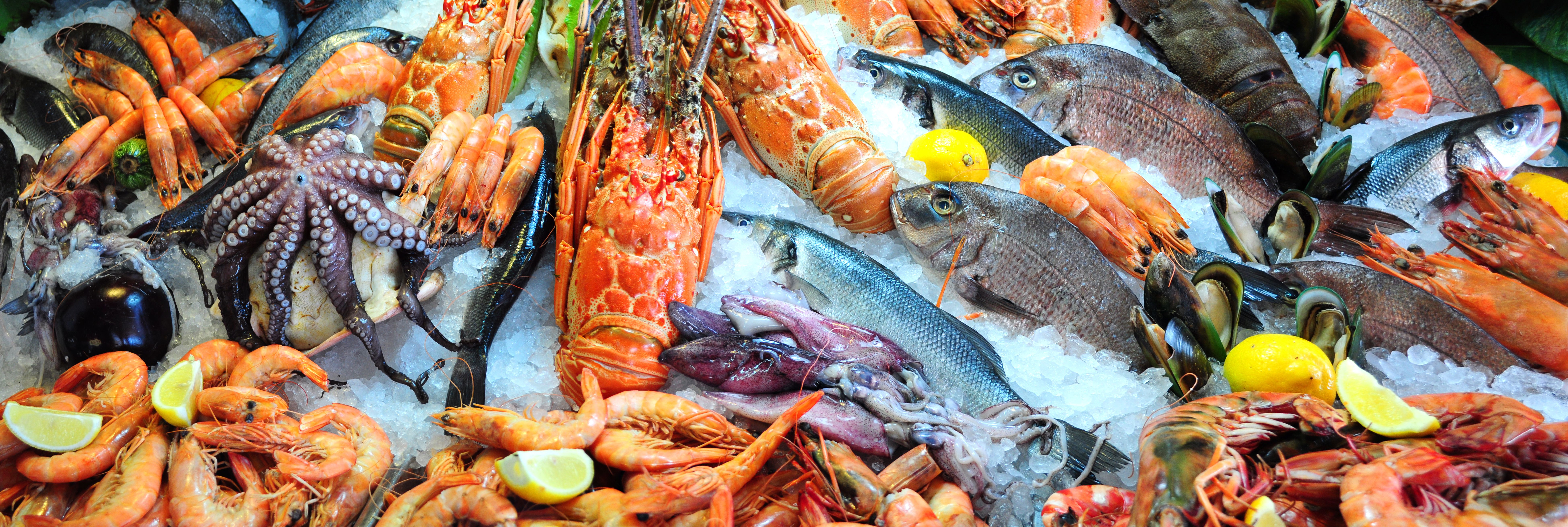Recent Study Analyzes Microplastics in Seafood on the U.S. West Coast
A recent study examines widespread microplastic contamination in key Oregon seafood species, emphasizing the need for coordinated local and global efforts to reduce plastic pollution and protect ecosystems, public health, and cultural traditions.
Scientists from Portland State University and Oregon State University recently investigated the presence of anthropogenic particles (APs), which include microplastics (MPs), in several key seafood species from the Pacific Ocean that are vital to Oregon’s economy. The findings of this study were published in Frontiers in Toxicology, and they reveal that there is an ongoing need to safeguard these species, as there are ecological and economic effects tied to their health (1).
The states along the western coast of the United States—including California, Oregon, and Washington—rely on fisheries and seafood to play a key role in the economy. The state of Oregon, in particular, has faced numerous challenges in its seafood industry. The industry is struggling to regain its footing following the Covid-19 pandemic, which saw significant restaurant closures that have not recovered (2). The industry is also facing challenges of rising tariffs and international trade disruptions due to supply chain issues (2). This is a problem because Oregon exports much of its seafood to markets globally and other parts of the United States (3).
Fresh seafood | Image Credit: © singidavar - stock.adobe.com

This study, which was led by Elisa Granek of Portland State University, the team investigated six species of seafood: black rockfish, Chinook salmon, Pacific herring, Pacific lamprey, lingcod, and pink shrimp. These six species of fish play critical roles in Oregon’s economy, and they all have cultural importance to the indigenous communities in the region (1). For these six species, Granek and her team analyzed the edible tissues from both retail-purchased and vessel-retrieved samples. The goal was to determine AP contamination levels for all species, as well as determine whether there was a significant difference in AP contamination between vessel-retrieved and retail-purchased samples (1).
Granek and her team collected 182 samples, and 180 of them contained APs. The AP concentration varied among the seafood tested. For finfish muscle tissue, AP contamination ranged from 0.02 to 1.08 particles per gram (1). Pink shrimp (Pandalus jordani) showed even higher contamination levels, averaging 10.68 APs per gram in vessel-retrieved samples and 7.63 APs per gram in retail-purchased samples (1). One of the most interesting insights gleaned from the study was that retail-purchased lingcod contained higher AP concentrations than their vessel-retrieved counterparts (1). As a result, it raises questions as to whether post-catch processes play a sizable role in contaminating seafood.
Granek and her team used micro-Fourier transform infrared (μFT-IR) spectroscopy to analyze the APs and learn more about the composition of the particles. The team found that fibers made up 82% of the particles, followed by fragments (17%) and films (0.66%) (1). Fibers are likely derived from synthetic textiles; as a result, the researchers deduced that microfiber pollution from washing machines and wastewater effluent could be a major source of contamination (1).
Overall, the researchers determined that the number of APs that were confirmed in the samples were 10% (1). They propose long-term ambient monitoring along the West Coast to track contamination trends and support coordinated efforts among Western states to standardize monitoring and regulatory approaches (1).
Beyond environmental concerns, the study underscores the cultural and economic stakes of AP pollution in Oregon. Species like Pacific lamprey hold deep cultural significance for Indigenous peoples, while commercial fisheries rely heavily on the continued health of black rockfish, Chinook salmon, and pink shrimp (1).
AP contamination is a global issue, and Granek and her team believe that global policies will be necessary to better solicit cooperation from all nations and combat this problem (1).
References
- Traylor, S. D.; Granek, E. F.; Duncan, M.; From the Ocean to our Kitchen Table: Anthropogenic Particles in the Edible Tissue of U.S. West Coast Seafood Species. Front. Toxicol. 2024, 6, 1469995. DOI: 10.3389/ftox.20241469995
- Terry, L. Oregon U.S. Lawmakers Seek Federal Help for West Coast Seafood Industry. Washington State Standard. Available at: https://washingtonstatestandard.com/2024/06/10/oregon-u-s-lawmakers-seek-federal-help-for-west-coast-seafood-industry/ (accessed 2025-01-13).
- OCVA, Planes Passing in the Night: Oregon Exports Seafood, Then Imports More for Local Restaurants. Visit the Oregon Coast. Available at: https://visittheoregoncoast.com/industry-news/planes-passing-in-the-night-oregon-exports-seafood-then-imports-more-for-local-restaurants/ (accessed 2025-01-16).
NIR Spectroscopy Explored as Sustainable Approach to Detecting Bovine Mastitis
April 23rd 2025A new study published in Applied Food Research demonstrates that near-infrared spectroscopy (NIRS) can effectively detect subclinical bovine mastitis in milk, offering a fast, non-invasive method to guide targeted antibiotic treatment and support sustainable dairy practices.
New AI Strategy for Mycotoxin Detection in Cereal Grains
April 21st 2025Researchers from Jiangsu University and Zhejiang University of Water Resources and Electric Power have developed a transfer learning approach that significantly enhances the accuracy and adaptability of NIR spectroscopy models for detecting mycotoxins in cereals.